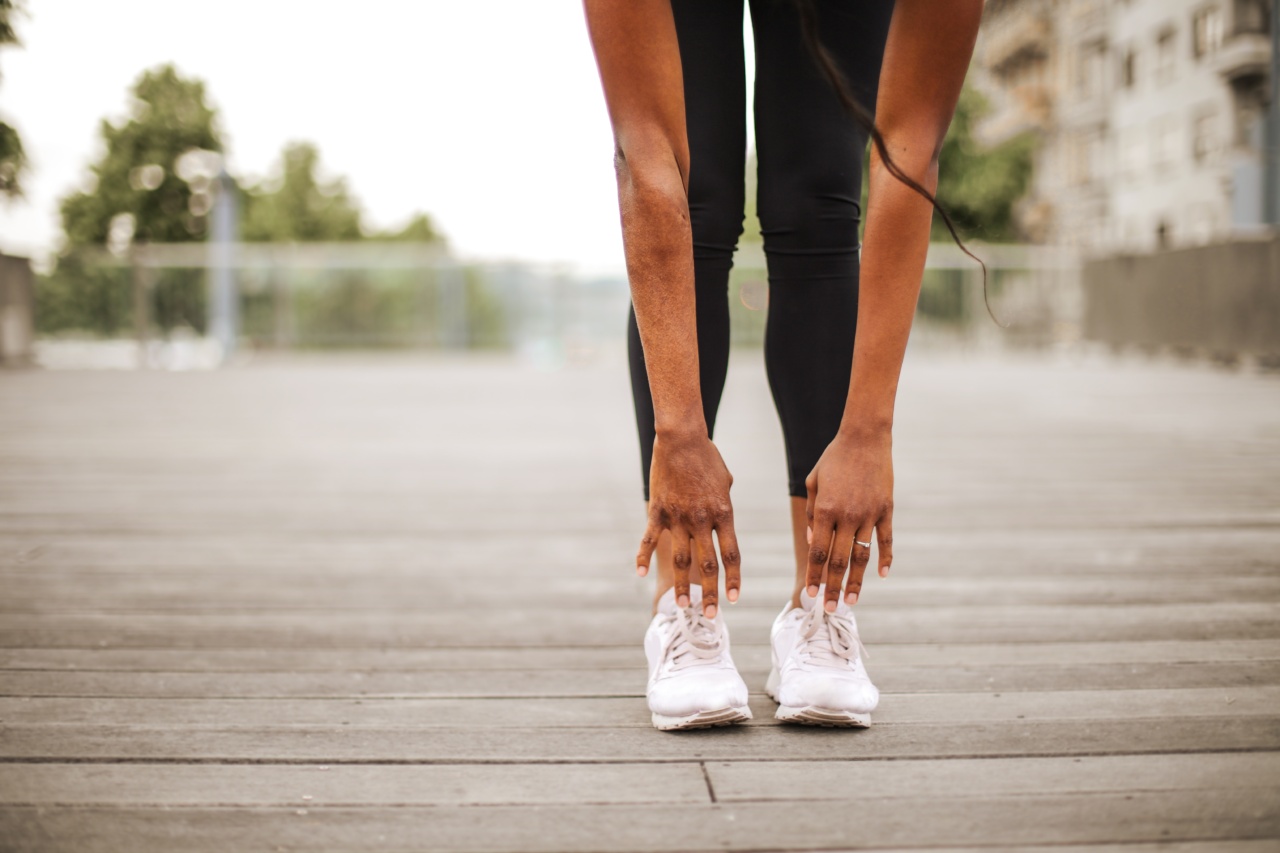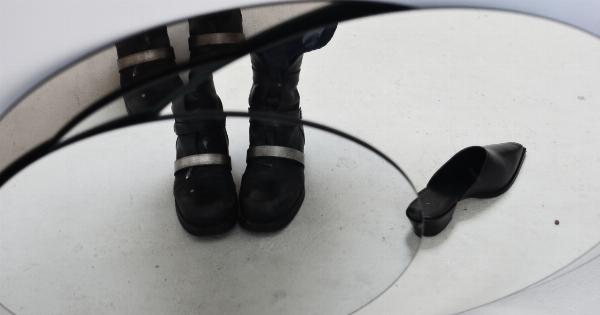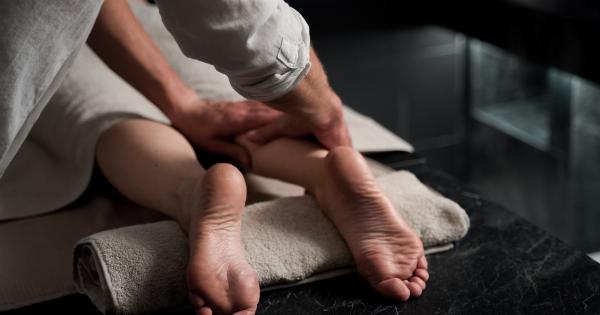Summer is the perfect time to kick off your shoes and show off your feet, but are your feet ready for the beach? Keeping your feet healthy and happy during the warmer months is essential for both comfort and confidence.
Here are some expert tips to help you achieve beach-ready feet this summer.
1. Exfoliate Regularly
Exfoliation is key to achieving smooth and soft feet, especially after a long winter. Use a foot scrub or a pumice stone to gently scrub away dead skin cells and calluses.
Pay extra attention to the heels and balls of your feet, as these areas tend to accumulate the most dry and rough skin. Regular exfoliation will not only keep your feet looking their best but will also prevent the formation of painful cracks and fissures.
2. Moisturize Daily
After exfoliating, it is crucial to moisturize your feet daily to maintain their softness and hydration. Choose a rich foot cream or lotion that contains nourishing ingredients like shea butter, cocoa butter, or coconut oil.
Massage the moisturizer into your feet, paying attention to the heels, soles, and sides. For added benefits, wear cotton socks overnight after moisturizing to lock in the moisture and wake up to beautifully soft feet.
3. Keep Your Nails Trimmed
Trimming your toenails regularly is an important part of foot care. Use a nail clipper to trim your nails straight across, avoiding rounding the corners to prevent ingrown toenails.
Keep your nails at a moderate length, neither too short nor too long, to avoid discomfort while walking or participating in beach activities. Remember to file the nails after trimming to smoothen any rough edges and prevent snags.
4. Protect Your Feet from the Sun
While you diligently apply sunscreen to your face and body, it’s easy to forget about your feet. However, your feet need sun protection too. Apply a broad-spectrum sunscreen with at least SPF 30 to your feet, including the tops, soles, and sides.
Don’t neglect the areas between your toes and around your cuticles. Reapply sunscreen every two hours or more frequently if you’ve been swimming or sweating excessively.
5. Choose the Right Footwear
Wearing the right footwear plays a significant role in maintaining healthy feet. Opt for comfortable and supportive shoes that provide adequate arch support and cushioning.
Avoid wearing flip-flops or sandals for extended periods, as they offer minimal support and can cause strain on your feet and ankles. If you’re spending long hours on the beach or walking on hot sand, consider wearing water-friendly shoes or sandals to protect your feet from burns and cuts.
6. Practice Proper Hygiene
Keeping your feet clean and dry is crucial to prevent infections and unpleasant foot odor. Wash your feet daily with warm water and mild soap, making sure to thoroughly dry them, especially between the toes.
Moisture between the toes creates an ideal environment for fungal infections like athlete’s foot. Use a separate towel for your feet and avoid sharing towels or footwear with others to minimize the risk of infections.
7. Take Care of Calluses
Calluses can be unsightly and uncomfortable, but they can also offer some protection to your feet. Instead of aggressively removing calluses with sharp tools, try using a callus file or a gentle foot file to gradually reduce them.
Soaking your feet in warm water for about 10 minutes before filing can soften the calluses, making it easier to gently slough away the excess skin. Remember to moisturize your feet afterward to prevent the formation of new calluses.
8. Massage Your Feet
Treating your feet to a massage not only feels heavenly but also offers numerous benefits. Regular foot massages can improve circulation, reduce swelling, and relax tired muscles.
You can indulge in a professional foot massage or simply do it yourself at home. Use a nourishing foot cream or oil and apply gentle pressure while massaging your soles, arches, and ankles. Incorporating this self-care ritual into your routine will leave your feet feeling refreshed and rejuvenated.
9. Protect Your Feet in Public Areas
Public areas like pools, gyms, and locker rooms can be breeding grounds for bacteria and fungi. To protect your feet from infections, always wear shower shoes or flip-flops in these communal areas.
Avoid going barefoot as much as possible, even if the area appears clean. If you have a cut, blister, or any open wound on your feet, it’s especially crucial to keep them covered to prevent the entry of harmful bacteria.
10. Seek Professional Help
If you have persistent foot pain, discomfort, or any signs of an infection that do not improve with simple home remedies, it’s essential to consult a podiatrist.
A podiatrist can assess your feet, provide an accurate diagnosis, and recommend appropriate treatment options. They can also offer advice on foot care specific to your needs and address any concerns you may have regarding your foot health.




























